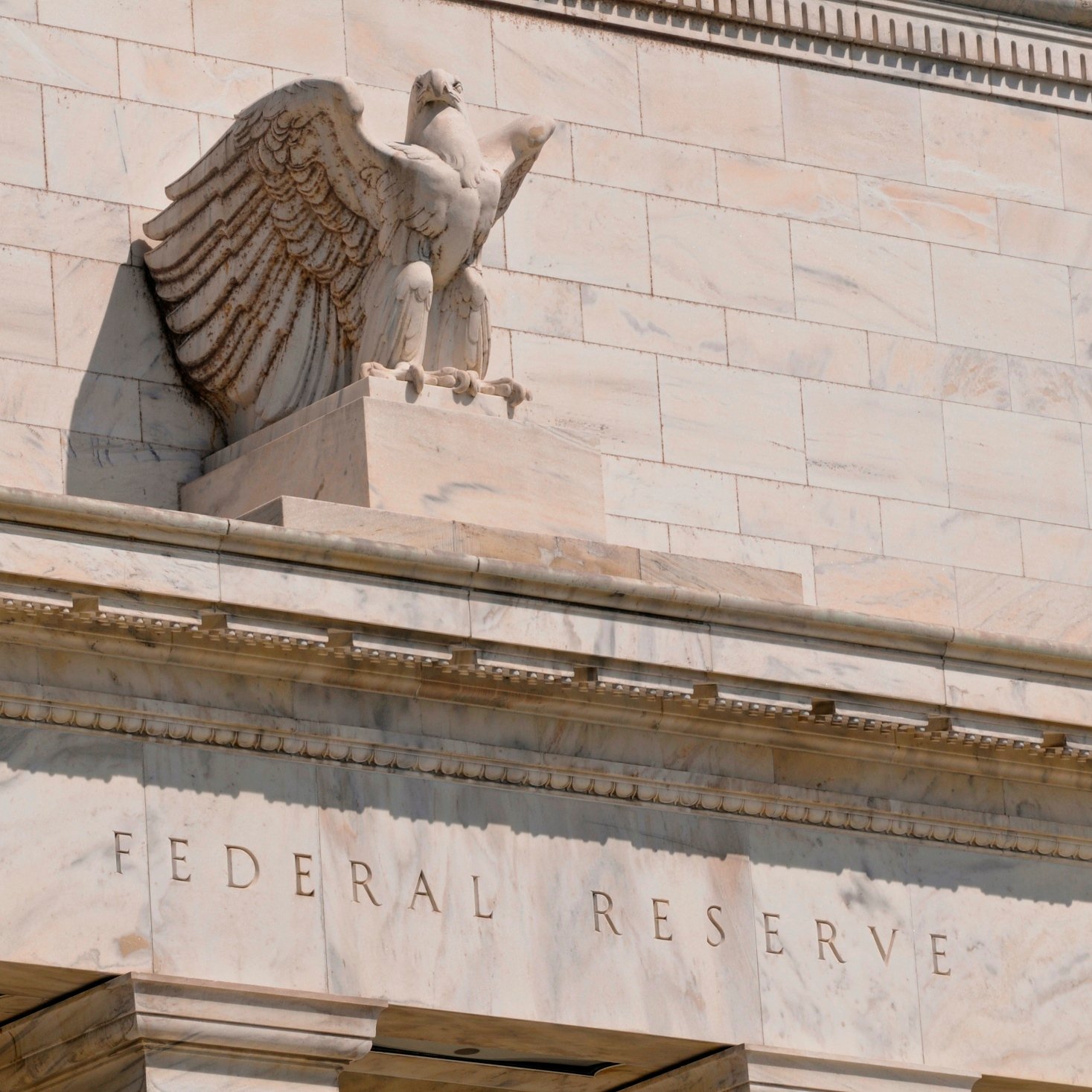This week we have the Federal Reserve’s Federal Open Market Committee (FOMC) meeting and a gross domestic product (GDP) report due. The problem for investors will be that the Fed’s decision on interest rates is due at 2:00 p.m. Eastern Time on Wednesday. The first look at the preliminary third-quarter GDP is not due until Thursday morning at 8:30 a.m. Eastern Time. Source: Thinkstock
Source: Thinkstock
What investors have to assume is that the Federal Reserve will have had privilege into that report. Maybe they will not have seen the exact quote that will be used, but you can be assured that they will have more than a vague idea of what is in that report.
Why this matters is that the U.S. GDP has been viewed as tepid at a time when the global growth story (measured in global GDP) has been weakening. It is broadly expected that the Federal Reserve will not raise interest rates this Wednesday.
As a reminder, the markets were actually disappointed that Team Yellen did not raise rates at the last meeting. They wanted to see at least some hope of a hike, but the Fed was worried about international weakness, particularly in China. The extreme stock market volatility that followed a weaker China growth story just solidified the Fed’s excuse not to raise interest rates.
So, the reality is that a decision not to hike interest rates might signal an even weaker GDP report for the following day. If the Fed has access to much of that GDP report data, why would they hike rates if they knew the GDP data was going to be muted? The other side of the coin would be that if the Fed surprises with a rate hike or strongly talks up rate hikes ahead, then it might imply that the GDP report is going to look strong.
Bloomberg’s consensus estimate is for third-quarter GDP to be up only 1.7% on the headline. That would be against a gain of 3.9% in the second quarter. Bloomberg also shows that the GDP price index is expected to be up only by 1.4%.
The Fed would be happy with GDP growth of 3% or higher, but with inflation up at 2.0% to 2.5%. It already has plenty of cover on the full employment mandate, with unemployment just over 5%. Another risk is the upcoming debt limit not being resolved.
A key prediction tool is the fed funds futures. That does not signal a rate hike coming until February or March of 2016.
ALSO READ: America’s Most (and Least) Expensive Cars
Sponsored: Find a Qualified Financial Advisor
Finding a qualified financial advisor doesn’t have to be hard. SmartAsset’s free tool matches you with up to 3 fiduciary financial advisors in your area in 5 minutes. Each advisor has been vetted by SmartAsset and is held to a fiduciary standard to act in your best interests. If you’re ready to be matched with local advisors that can help you achieve your financial goals, get started now.
Thank you for reading! Have some feedback for us?
Contact the 24/7 Wall St. editorial team.



